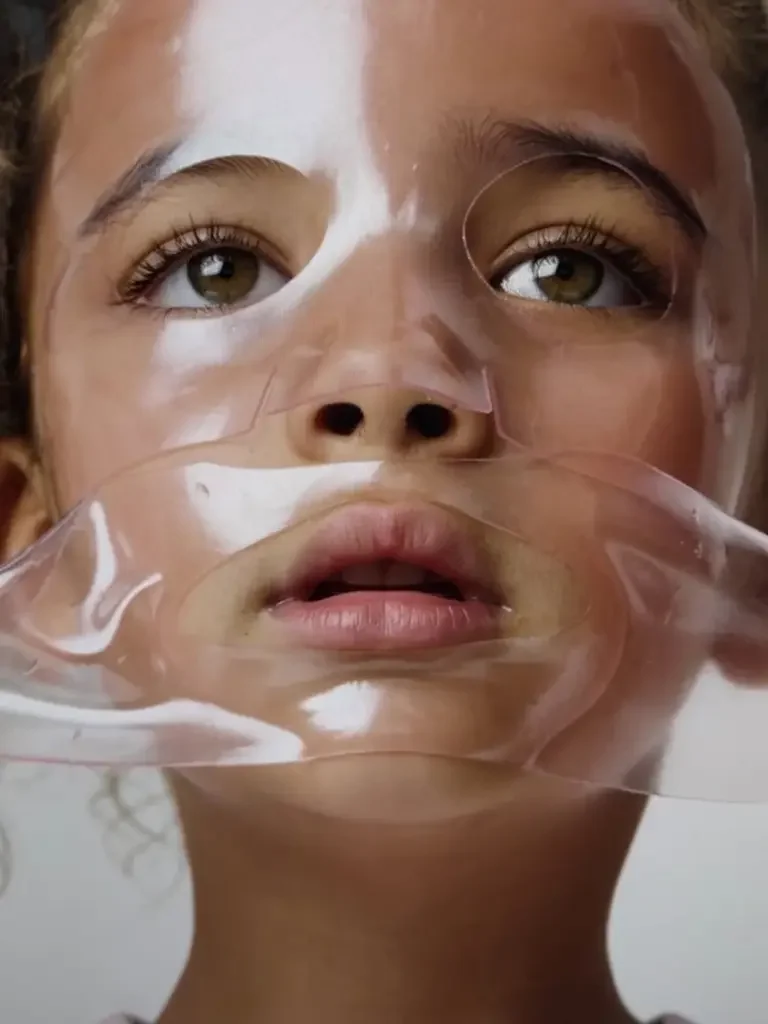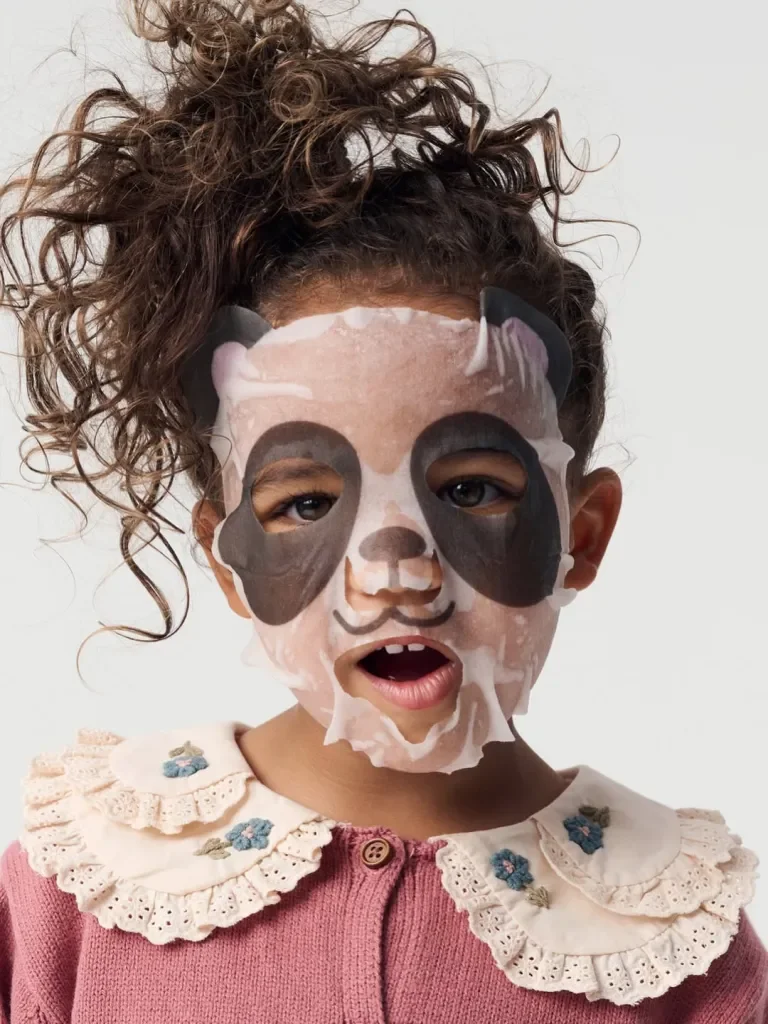Why Shay Mitchell’s New Kids’ Skincare Line Feels
Like a Step Too Far
Shay Mitchell has entered the beauty market again, this time with Rini, a Korean-inspired skincare line aimed at young children. And, as expected, social media immediately split into two predictable camps: those calling it “the next big gap in the market,” and those wondering why on earth kids need a skincare routine.
The discourse follows a familiar script. Critics argue it’s just another example of capitalizing on children, manufacturing a need where none exists. Supporters, meanwhile, scramble to justify it: kids already use products anyway, better this than stealing their parents’ serums, at least it’s gentle, at least it’s clean. There’s always a reason, always a reframing, always a way to make an unnecessary product sound like a public good.
But the core point remains simple: children do not need a skincare “category.” The industry hasn’t “ignored” this demographic; it has simply not found a legitimate need to exploit. If there were a real market gap worth billions, capitalism would have filled it long before Shay Mitchell came along. Yes, kids’ bath products exist.
But sheet masks?
A ritual?
A brand identity?
The fact that it hasn’t taken off before is the reason, not an opportunity for innovation, but evidence that the demand isn’t real.
At the center of the backlash is the message a brand like Rini sends to children. It frames “self & skin care” as something they should already be thinking about, long before there’s any biological need for it. Dermatologists have repeatedly said that kids’ skin doesn’t require elaborate routines, yet the branding nudges them toward one anyway. It’s less about hydration and more about habituation: teaching children to stand in front of the mirror, to inspect, to assess, to find flaws. It introduces the idea that their skin needs managing, optimizing, improving. In other words, it plants the seed early that caring about your face is not just optional, but part of your identity. And once that idea is in place, the need for products follows naturally.
Now, Rini is being sold as a fresh idea, cute packaging, soft pastels, marketing language about empowerment and early self-care. But beneath the gloss is the same old beauty logic: create insecurity, then sell the solution. This time, it’s just being applied earlier and earlier.
Whether Rini takes off or fades as quickly as it arrived, the online reaction already tells the story: people aren’t debating the ingredients, they’re debating the premise. And the premise, for many, feels like yet another line capitalism wasn’t meant to cross.
by Luisa Gabriel

